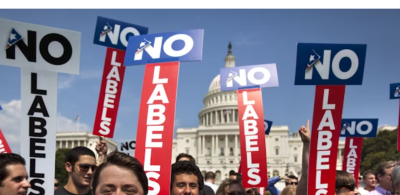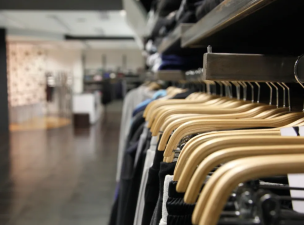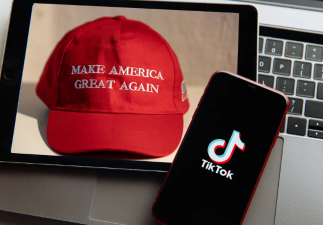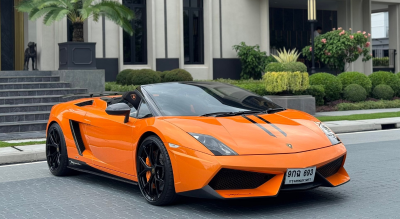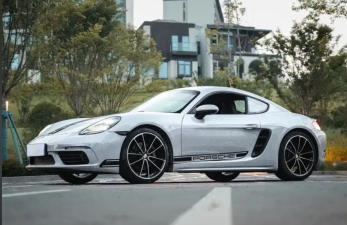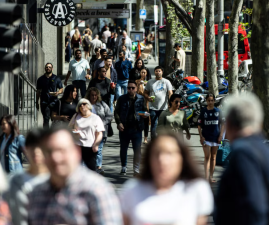The fast fashion industry, as an important pillar of the consumer sector and the core track of the clothing industry, has always been a leader in the labor-intensive light manufacturing industry, with huge wealth potential. In the past 40 years, the industry has experienced four waves of vigorous development and bred many business giants. Now, at the beginning of the new year, it is necessary for us to conduct a comprehensive review and outlook on the industry, which may provide us with a window to peek into the global economic trend.
The fast fashion industry, as an important pillar of the consumer sector and the core track of the clothing industry, has always been a leader in the labor-intensive light manufacturing industry, with huge wealth potential. In the past 40 years, the industry has experienced four waves of vigorous development and bred many business giants. Now, at the beginning of the new year, it is necessary for us to conduct a comprehensive review and outlook on the industry, which may provide us with a window to peek into the global economic trend.
Why are the fast fashion brands that were once popular gradually unpopular? Because of its positioning, fast fashion clothing must keep up with the trend and update products, and the price is affordable. Therefore, due to the cost constraints, the quality of such clothing is generally not very good. Today's consumers are paying more attention to the quality of clothing while paying attention to cost-effectiveness, so it is not surprising that fast fashion brands have fallen out of favor. In addition, whether it is offline or online, the cost of opening a clothing store is getting higher and higher, and it is difficult to make a profit, which further restricts the development of fast fashion brands.
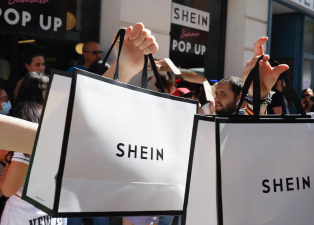
Since 2020, facing the obstruction of the offline consumer market worldwide, they have chosen to close stores and save money, exchanging growth for profits.
The effect of cost-saving has been fully exerted in the past few years. Inditex (ZARA's parent company), H&M and Fast Retailing have all ushered in the sweet spot after a long period of store closures - the profit level has risen rapidly.
Taking Zara's parent company Inditex as an example, as of the beginning of 2024, the gross profit margin has increased by 1.5pct in three years in seven years, and the EBIT margin has increased by 0.6pct, reaching 57.8% and 27.4% respectively.
The steep increase in Inditex's profit margin is very eye-catching. MRQ data shows that the gross profit margin in the third quarter reached an astonishing 59.4%, and the increase in just three quarters exceeded the increase in the past seven years, and even exceeded the vast majority of mid-to-high-end sportswear companies.
So how did Inditex do it? Very directly, a large number of stores were closed, and the growth rate of revenue was exchanged for the growth rate of profits.
The total number of Inditex stores is 5,659, which is 63 less than the same period last year and 1,831 less than the peak before the epidemic. The store closure rate in recent years has reached an astonishing 25%.
Correspondingly, Inditex's revenue in the third quarter was 9.36 billion euros. Although there was growth, the growth rate was significantly lower than the market consensus expectations, and the revenue growth rate in 2024 was also significantly lower than last year.
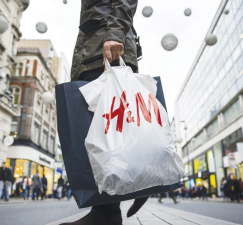
In the field of fast fashion, both the old giants and the emerging forces have never passively accepted the market impact, but are actively seeking change. However, observing the strategic adjustments of each company in 2024 is more of a responsive reaction, and the true trend of the fifth wave of fast fashion has not yet been discerned. First, in order to increase the proportion of online sales, the major giants have increased their investment in digitalization. In the past two years, fast fashion brands have generally increased capital expenditures on online channels. For example, Inditex not only strengthened its operations on social media, but also launched a number of preferential services in Spain, such as free shipping and fast delivery, to attract consumers. Fast Retailing and H&M are not to be outdone. The latest financial reports show that the online sales of both companies have exceeded 30%, becoming an important source of income.
We are not optimistic about the next two years of the fast fashion industry. Once the revenue scale declines, the turnover rate will be greatly reduced, and the inventory problem will be further highlighted. In contrast, although the platform-based enterprises relying on the supply chain are in a slightly better situation, they are also facing considerable pressure. For example, in order to transform into a platform, "light asset" platforms such as Shein have to increase investment in overseas warehouses and after-sales service systems, and financing difficulties have become a bottleneck for their development. Therefore, combined with the financing difficulties, the fast fashion industry will continue to be in shock and challenges in the next two years, and a prudent strategy will become the new normal.
In addition, traditional fast fashion brands have tried a different path from the past - moving towards the high-end market. Inditex, Fast Retailing and H&M have all increased their joint cooperation with high-end brands and reduced discounts. This strategic adjustment has increased the gross profit margins of the three giants. However, the establishment of fashion pricing power requires time accumulation and brand precipitation. Fast fashion brands choose a differentiated route to fight against the challenge of extreme cost performance, and its effect will take some time to observe.



